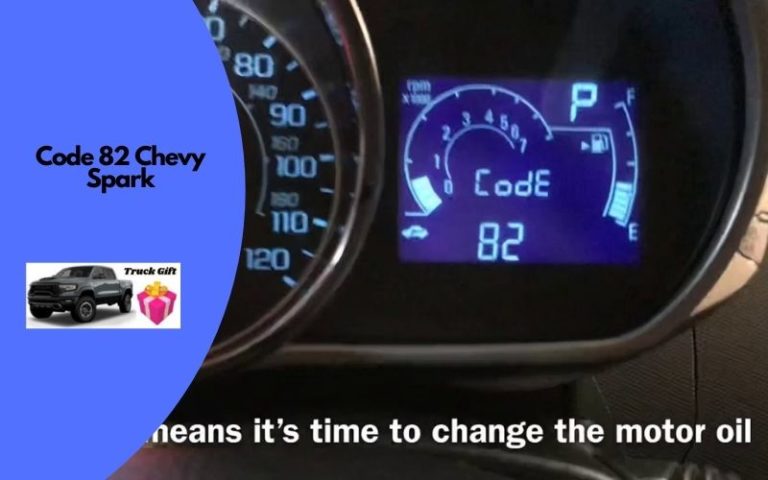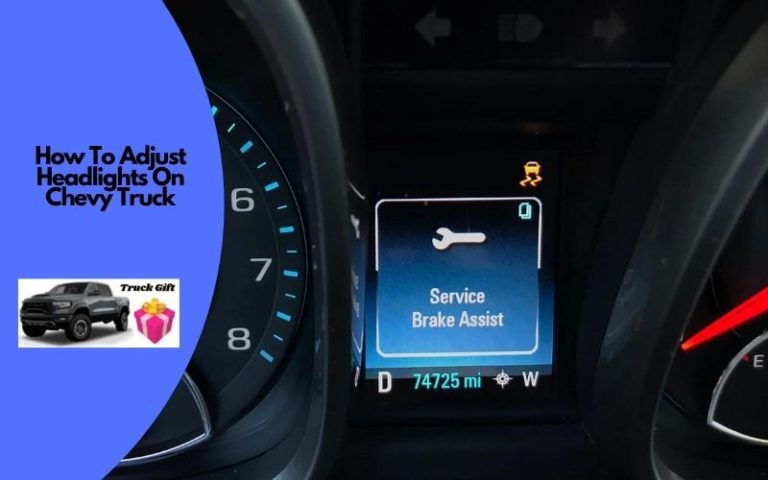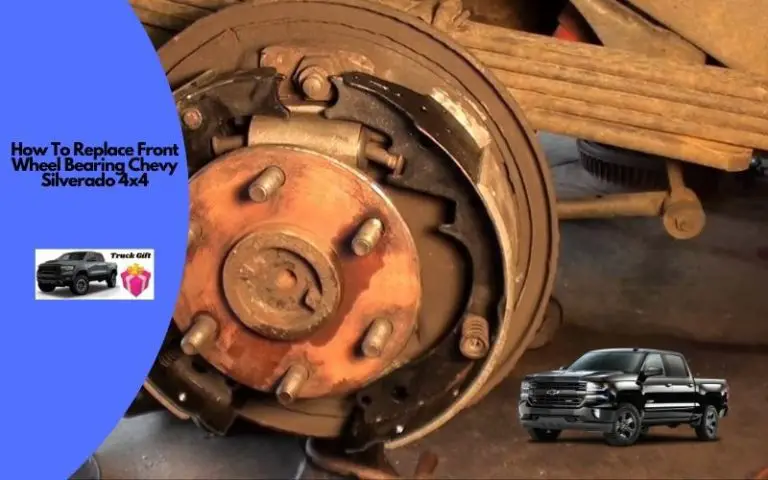Learn How To Test A 4WD Actuator In A Chevy?
So, you’ve got yourself a Chevy truck with a 4WD system, and you suspect that the 4WD actuator might be acting up.
But how to test a 4WD actuator in a Chevy?
To test a 4WD actuator, you can perform a manual resistance test by pressing its tip. If there’s no resistance, the actuator is fine; otherwise, it needs replacement. Another method is a vacuum test, checking for proper movement and tubing integrity. Alternatively, you can use a thermal expander, observing its expansion and engagement.
In the following sections, you will get to know more about the testing of the Chevy 4WD actuator.
How to Test the Chevy 4WD Actuator?
Here’s how to check 4 wheel drive actuator of your Chevy–
Perform a manual resistance test on your 4WD actuator by pressing its tip with your finger. If you get no resistance, then your actuator is not bad. However, if you do get resistance, then you need to replace the part immediately.
You can also perform this vacuum test-
- Connect a vacuum pump to the actuator and check for zero vacuum reading in two-wheel drive mode.
- Verify the movement of the hub assembly when turning it to determine the current drive mode.
- Ensure the solenoid in the engine compartment is open, allowing a vacuum into the actuator.
- Observe the actuator’s movement when a vacuum is applied or removed, ensuring engagement and disengagement with the hub.
- Test the tubing integrity by applying vacuum and checking for cracks or leaks.
- Verify proper hose connections and overall condition.
- Start the engine and confirm vacuum generation near the solenoid.
For a detailed guide, watch this video-
Also, coil packs are important for your 4WD truck. You can test the coil pack with a multimeter.
Another method is to test it with a thermal expander-
- Connect the two-pin connector to the actuator.
- Observe the thermal plunger as it starts to expand due to the heat generated inside the actuator.
- Check if the thermal plunger engages the fork to engage the four-wheel drive.
- Hook up power and ground to the actuator and observe how fast the thermal plunger comes out.
- Note if the thermal plunger comes out far enough to engage the four-wheel drive.
If it’s confusing, here is a video guide-
Another thing I’d like to mention is that this process is similar to testing the Ford multifunction.
How To Tell If A 4wd Actuator Is Bad?
You need to look for the following symptoms if you are suspecting a faulty 4WD actuator-
Difficulty Engaging Four-Wheel Drive:
If you’re having trouble getting your vehicle to shift into four-wheel drive, it could be a sign of a bad 4WD actuator. This means that the front differential isn’t engaging properly, and you might need to fiddle with the switch a few times before it works.
Grinding Or Clicking Noises:
A bad 4WD actuator might also make grinding or clicking noises when you try to engage four-wheel drive. This is because the actuator is struggling to connect the front differential to the rest of the drivetrain, and it could be a sign that the actuator is failing.
Four-Wheel Drive Becomes Stuck:
If you engage four-wheel drive and then can’t disengage it, it could be a sign of a bad 4WD actuator. This means that the actuator isn’t releasing the front differential, and you might have to take your vehicle to a mechanic to get it fixed.
Four-Wheel Drive Mode Does Not Activate:
If you press the button or turn the knob to engage four-wheel drive and nothing happens, it could be a sign of a bad 4WD actuator. This means that the actuator isn’t sending the signal to engage the front differential, and you’ll need to get it fixed before you can use four-wheel drive again.
Dashboard Indicator Lights:
Depending on the make and model of your vehicle, there might be dashboard indicator lights that will tell you if there’s a problem with the 4WD actuator. If you see a flashing light or a warning message, it’s worth checking the actuator to see if it’s the cause of the problem.
Codes Stored In The Transfer Case Control Module:
Finally, if your vehicle has a transfer case control module, it might store diagnostic codes that can tell you if there’s a problem with the 4WD actuator. If you have a code reader or access to one, you can check for codes related to the actuator to help diagnose the problem.
Also, if you are a Ford user, you can test the coil pack with a multimeter.
Chevy 4×4 Actuator Bypass: How Do You Do It?
Bypassing the 4WD actuator is a good option if it is damaged or too expensive to repair. It can be a cost-effective way to maintain the 4WD system’s functionality.
Bypassing the 4WD actuator on a Chevy truck or vehicle can be done in four different ways.
By Flipping The Shifter Fork:
This involves removing the actuator and disassembling it. Once the shifter fork is flipped, you can reassemble the actuator and install it back into the vehicle.
By Removing Vacuum Lines:
The third method is to remove the vacuum lines from the actuator and plug them up. This method involves disconnecting the vacuum lines from the actuator and plugging the ports with suitable plugs.
By Installing Free Wheel Hubs:
The final method is to install free-wheel hubs. This involves replacing the front hub assemblies with free-wheel hubs. Once installed, you can manually engage or disengage the 4WD system using the hubs.
However, there are also some cons to consider. For example, the 4WD mode is inactive unless you shift the transfer case to 4WD. Or, a potential decrease in fuel mileage.
Frequently Asked Questions (FAQs):
How does the 4×4 actuator work?
The 4×4 actuator is a component that engages or disengages the 4WD feature in a vehicle. It works by physically connecting or disconnecting the front axle from the drivetrain.
What activates 4 wheel drive?
The engagement of 4-wheel drive is typically activated by the driver through a control mechanism such as a switch or button. When the driver selects the 4-wheel drive mode, an electric motor or solenoid mounted on the transfer case is activated.
What are the components of a 4WD system?
A 4WD system includes differentials, a transfer case, optional locking hubs, and advanced electronics. These components work together to provide power and traction to all four wheels, enhancing off-road performance.
Conclusion
If you find yourself wondering how to test a 4WD actuator on your Chevy truck, the process is not as daunting as it may seem. By following a few simple steps, you can diagnose and assess the functionality of this vital component.
If you suspect a malfunction, consult a mechanic or refer to your vehicle’s service manual.
Related Posts:


![How To Fix Sagging Door On Chevy Truck? [3 Easy Steps]](https://truckguidepro.com/wp-content/uploads/2021/08/How-To-Fix-Sagging-Door-On-Chevy-Truck--768x480.jpg)
![How Replace Your Driver Side Window? [Easy Steps]](https://truckguidepro.com/wp-content/uploads/2021/08/How-Replace-Your-Driver-Side-Window-768x480.jpg)



